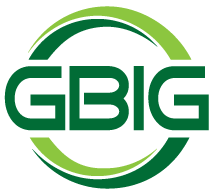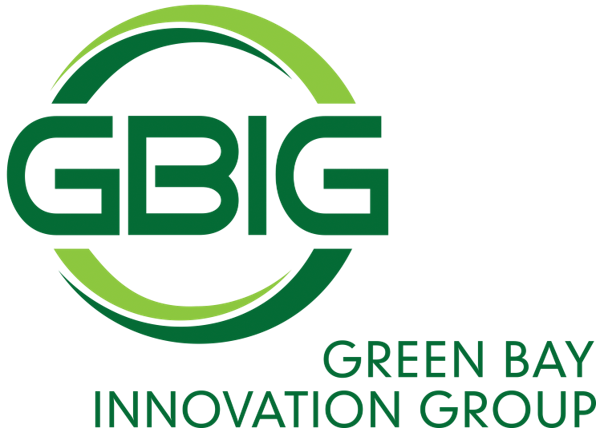The Myth of Biodegradability…
And Other Eco Fiction

In industry, some of us are getting frustrated by the lofty pronouncements by marketers promoting their “earth-friendly” products. And worse yet, consumers are increasingly confused, and even skeptical, about those claims. The claims range from “green,” to “eco-friendly,” to “biobased,” and so much more. “Greenwashing” presents obstacles for those making true efforts.
Often when product labels use terms like “biodegradable,” there’s an especially compelling argument for a good green purchase. Part of the consumer’s reasoning is that terms like biodegradable and compostable have a technical ring to them. It’s like, “Those people must have met a scientific standard when they use these words.” And many of us do not pause to think about what all the eco-terms mean. Do they have a real impact? After all, do our purchases of those green products improve the environment?
At a recent conference on sustainable products, a brand leader in cleaning products explained its target consumers as: 1) upscale buyers; 2) trendy; 3) true green consumers. The question for suppliers is, How do we represent “true green” in ways that are not misleading or lacking in impact, and resonate with buyers? For consumers who are not in the “upscale” category, we need to ask: Can we supply green value products that are competitively priced?
If we would only stop to think about biodegradability, we would remember that even a phone book covered over in a landfill lasts many decades without biodegrading. Nothing is going to actually happen for a long time in most of today’s landfills.
It doesn’t matter which definition of biodegradability you reference, whether the product or material has to break down in 90 days or 9 months or whatever in defined conditions of moisture, light and being, as defined by the EPA, “Capable of decomposing under natural conditions.” There are very few situations in which materials are put in piles out in the open air and mixed or turned periodically.
The bottom line is that eco-deliverables are sorely lacking. While it doesn’t hurt to be ahead of your time by offering biodegradable products, there are many other things companies can do to make a real difference right now. Some of the options include:
Designing better products up front rather than trying to remove waste and recycle extra materials and packaging on the back end. Many companies are actively working on designing for improved product-to-package ratios and increased bulk packaging, even removing some intermediate packaging elements.
Source reduction is potentially more impactful than being recyclable. If product designers and converters can cut back on actual waste, there is less need to recycle or compost. And of course, having products made with reduced waste, plus being recyclable covers multiple bases.
Analysis of the supply chain to reduce transportation and associated fuel usage, instead of doing business in traditional ways. Regional alliances are taking some of the bloom off cross-continent and overseas sourcing. For example: Is bamboo the answer in heartland USA converting when it has to be transported long distances? Or are resources nearby, such as those monitored by the Forest Stewardship Council a better approach?
“Being lean and assuring minimal waste streams is very critical to our business,” says a Northeast Wisconsin materials supplier. We have had many successful projects and programs because of our attention to the overall reduction of waste, along with our other efficiency efforts.”
Greening Your Business
Paper, film, and materials converters are in the trenches of manufacturing, not in the fashionable, promotional end where marketers put out their green imagery. However, converters can step up to work more closely with marketers and offer meaningful examples which can be taken further into the consumer arena. However, they need to find a path to assessing, implementing, and communicating their efforts. Converters can also take methodology from their past efforts at quality improvement and strategy development.
ECO-PLANNING INCLUDES:
- Developing your vision for sustainable efforts that fit the specific converting business.
- Assessing a particular situation to choose steps, corrective actions and paths that fit the business.
- Determining factors for evaluation when planning for green initiatives.
- Working with suppliers, customers, and others to maximize input and options.
- Choosing definitions, resources, and authorities as a framework for your green programming.
By tailoring everything to their specific businesses, converters can deliver authentic results that make sense to their customers and communities.
According to the FTC (Federal Trade Commission), misleading claims can result in consequences including corrective advertising, mandatory disclosures in future ads or labeling—for starters. (www.ftc.gov/green) FTC Staff Attorney Janice Podoll Frankle, speaking at a Clean Green Conference said, “Substantiation must be competent with reliable evidence, including testing, analysis and research.” It’s a warning about the kind of eco-fiction that ultimately leads no place useful. Converters are beginning to break through with their roll-up-the-sleeves stories of actual eco-results. They are busy making green progress that also improves efficiencies. No fiction needed. (This Stansbury article was originally published in PFFC and has been updated.)










